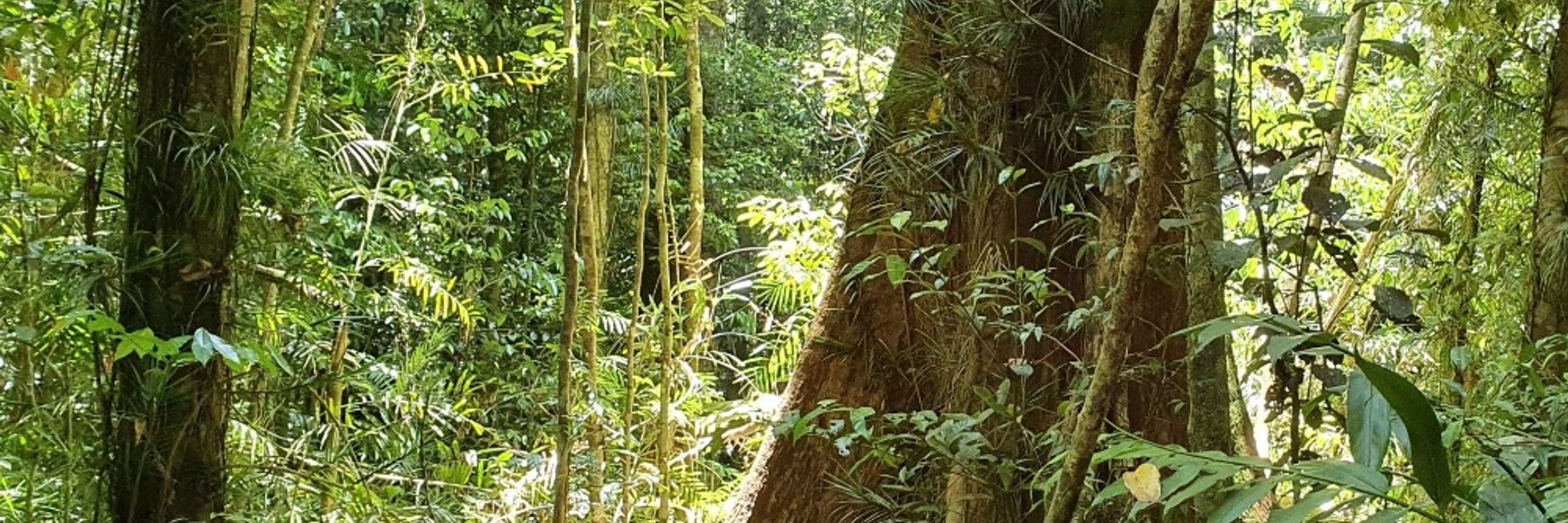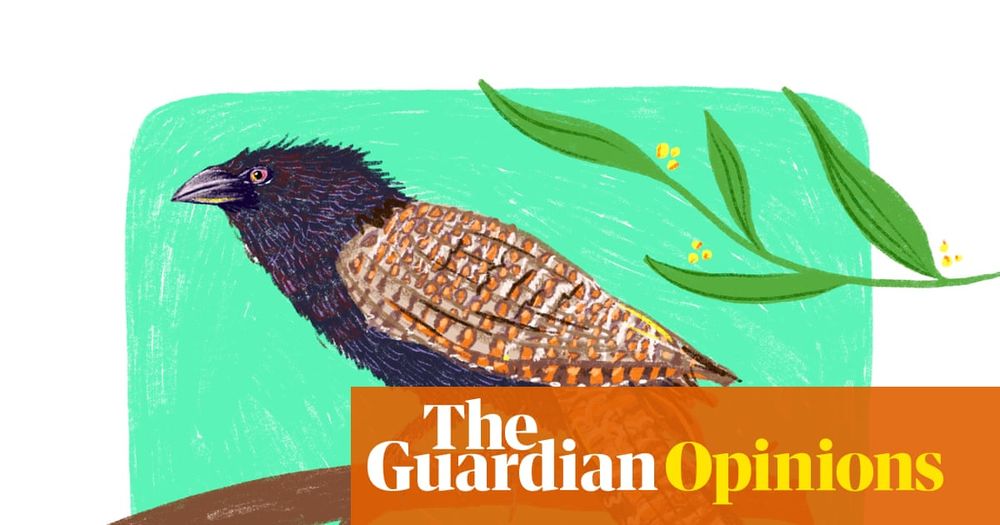Bronwen Scott
@snailseyeview.bsky.social
2.1K followers
1.5K following
970 posts
Invertebrate zoologist; writer; artist; museum fan; bird watcher; living in the tropics; she/her. Sometimes in Guardian Australia. Otherwise https://snailseyeview.medium.com/
Posts
Media
Videos
Starter Packs
Reposted by Bronwen Scott
Reposted by Bronwen Scott
Reposted by Bronwen Scott
Reposted by Bronwen Scott
Reposted by Bronwen Scott















